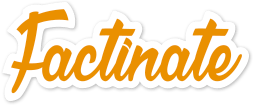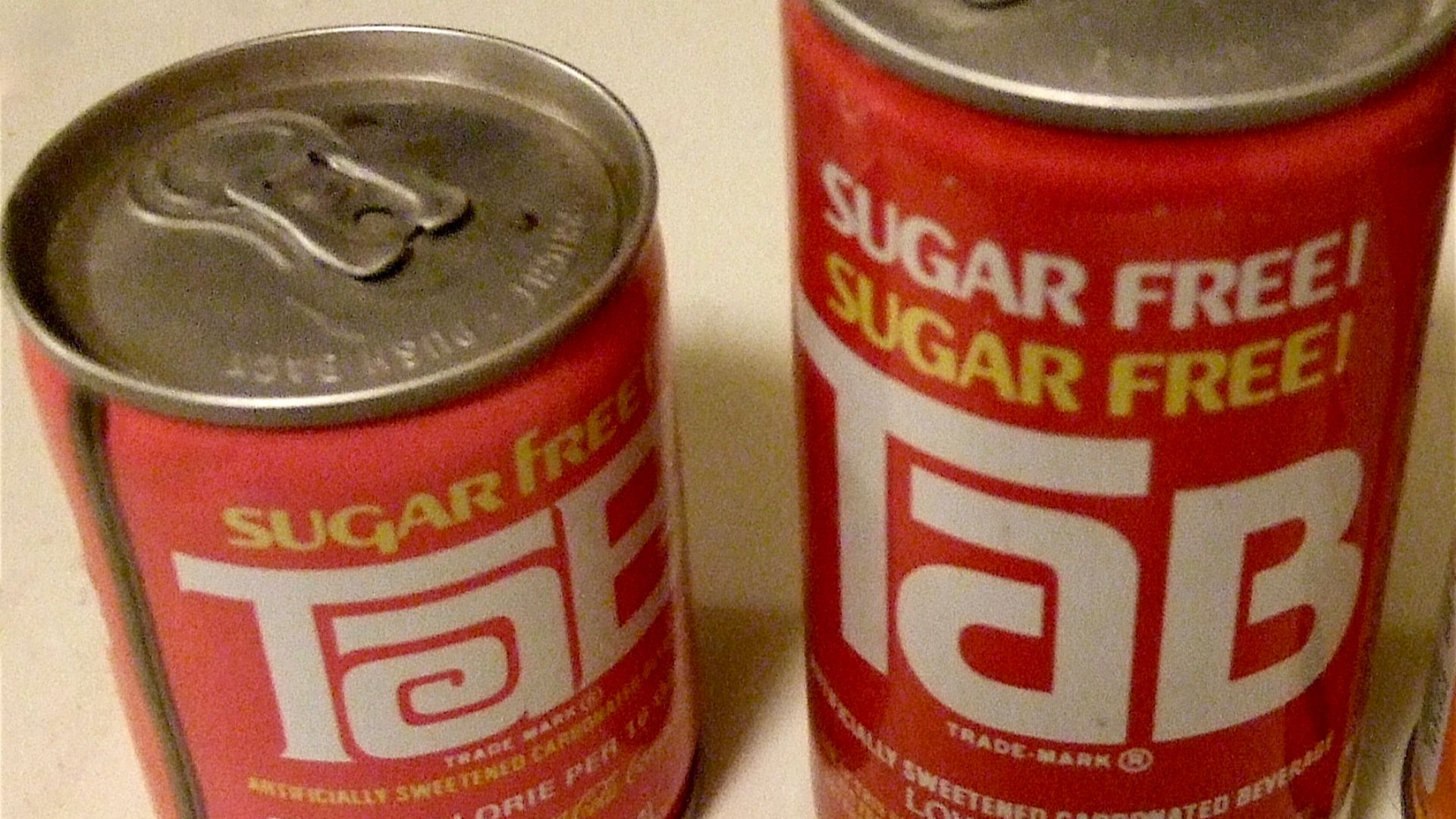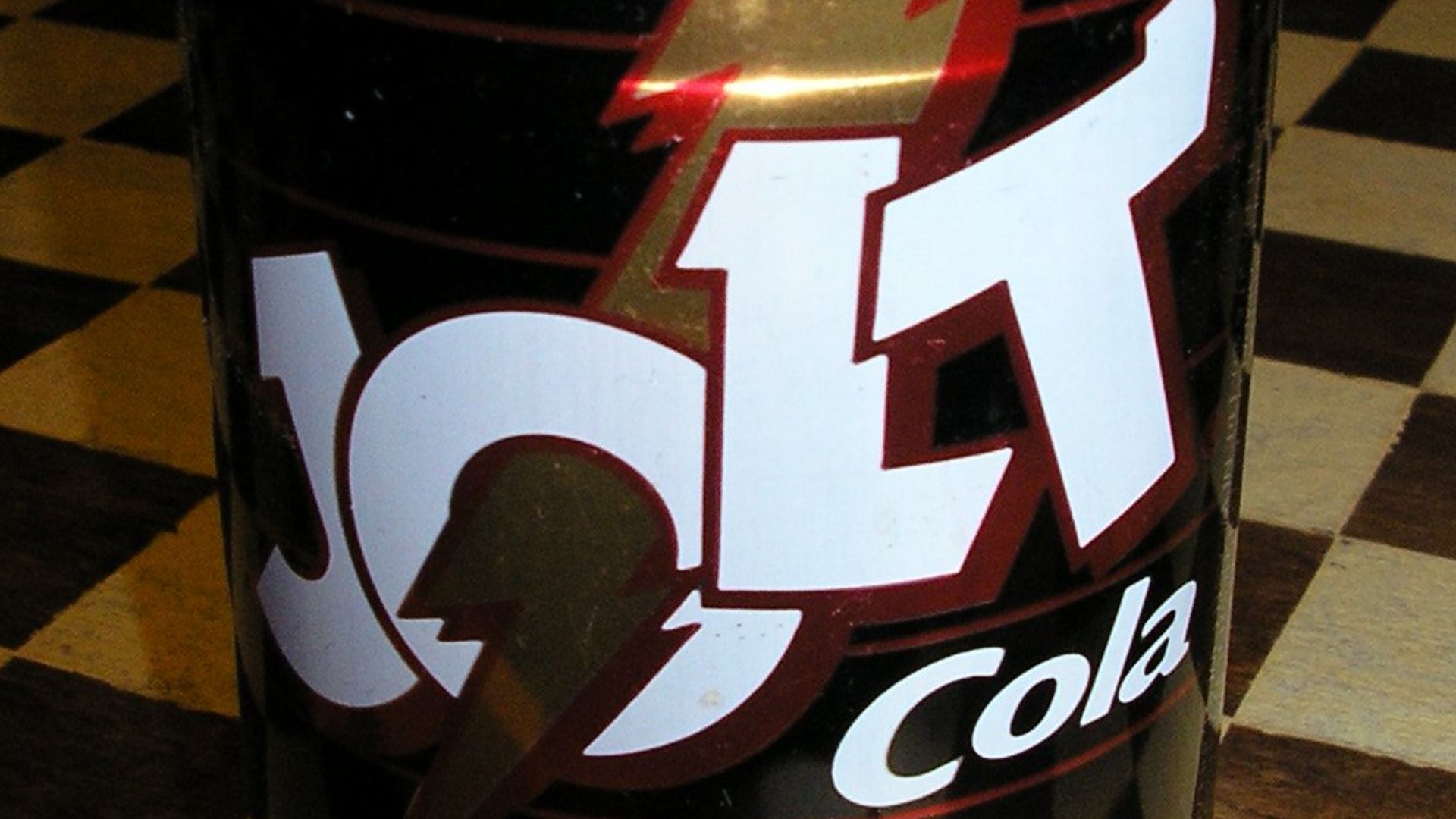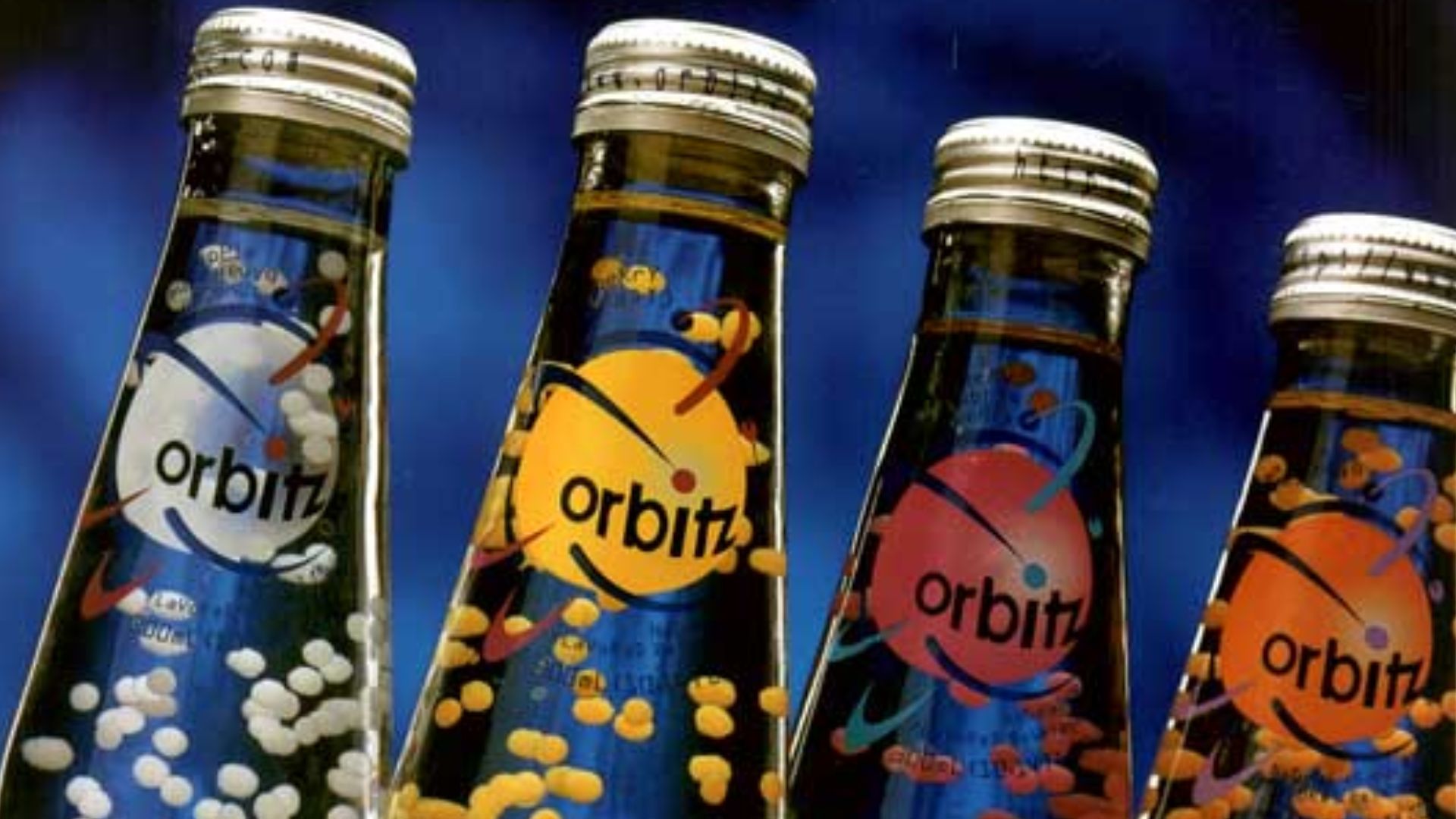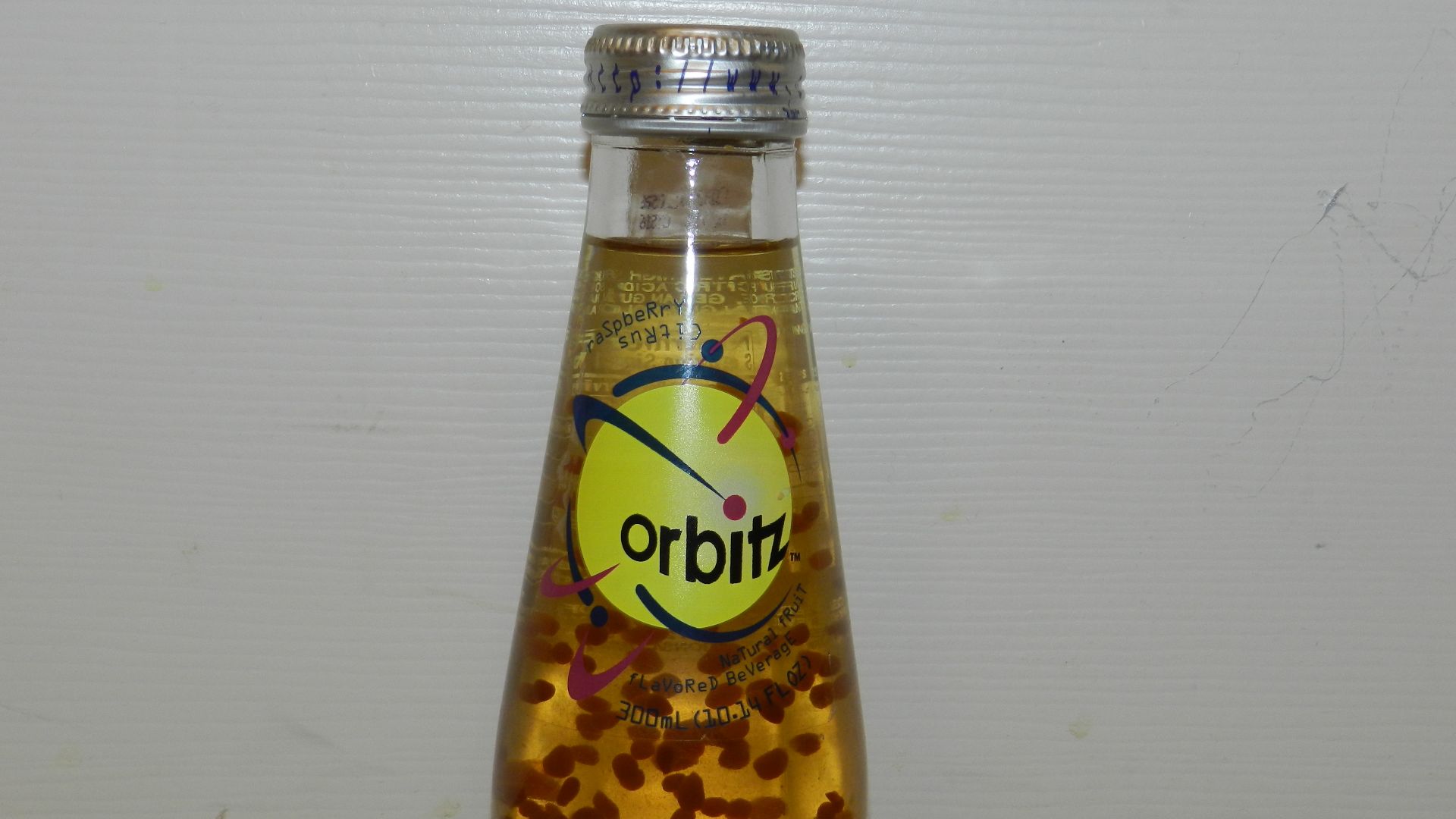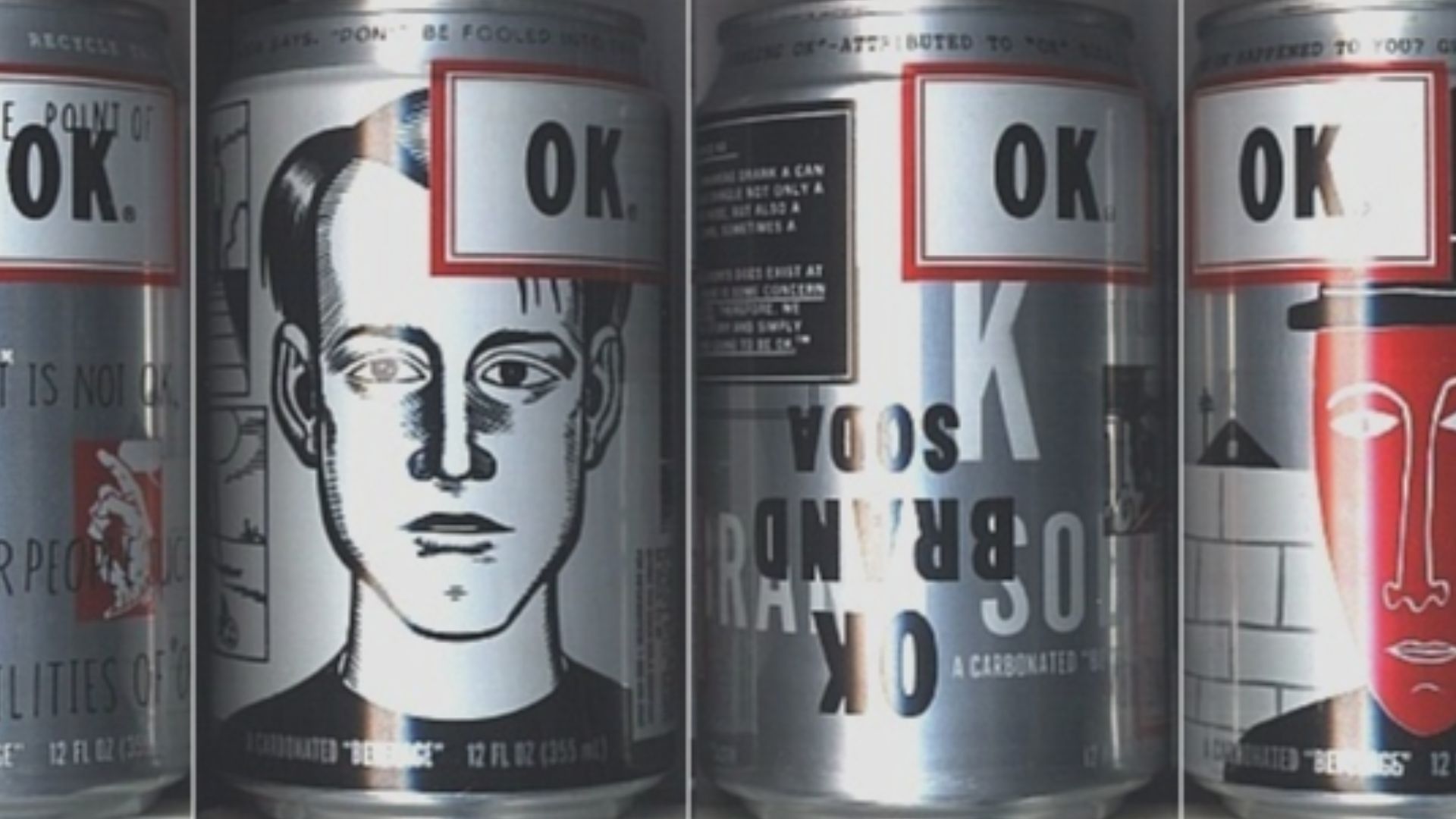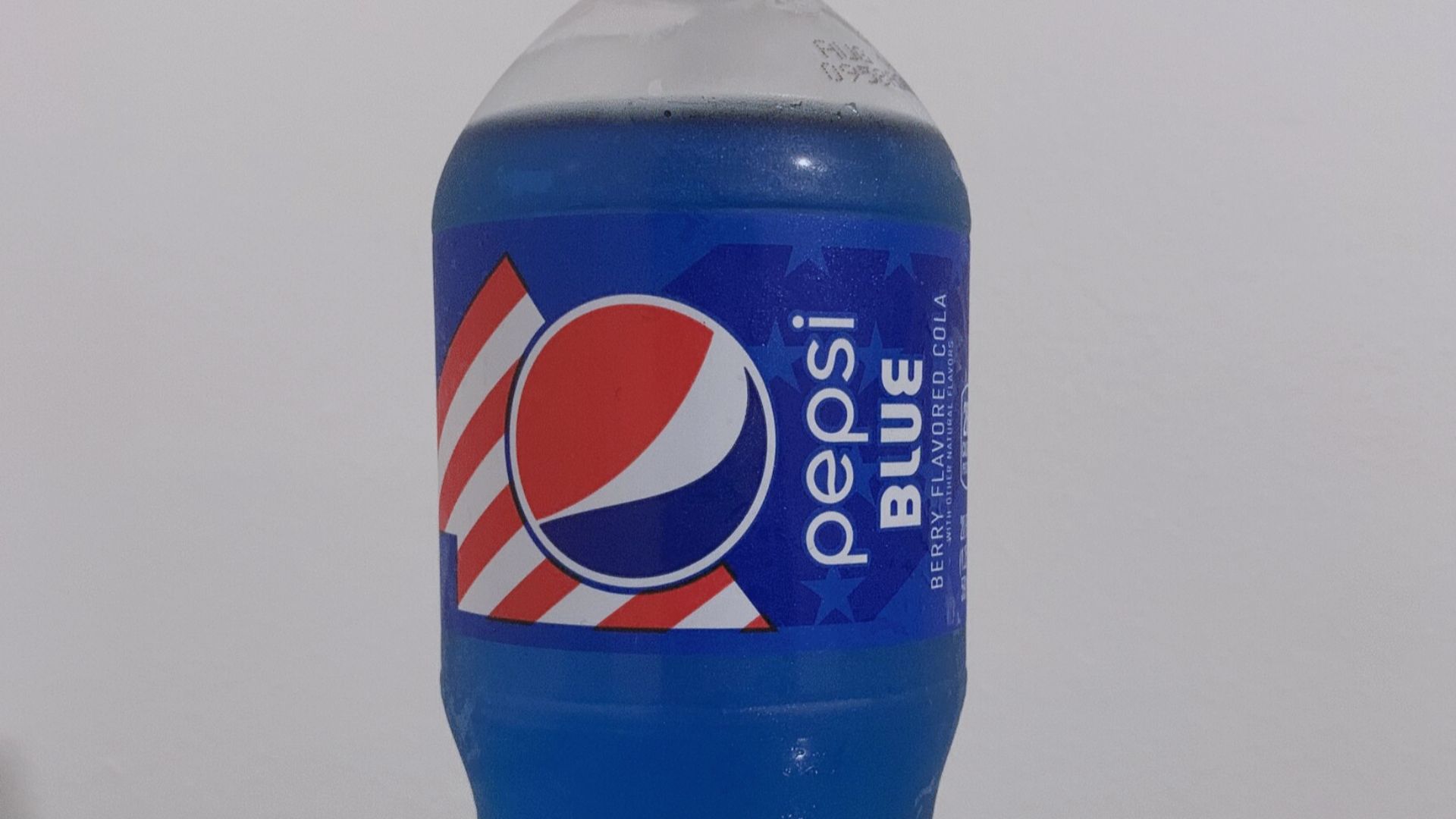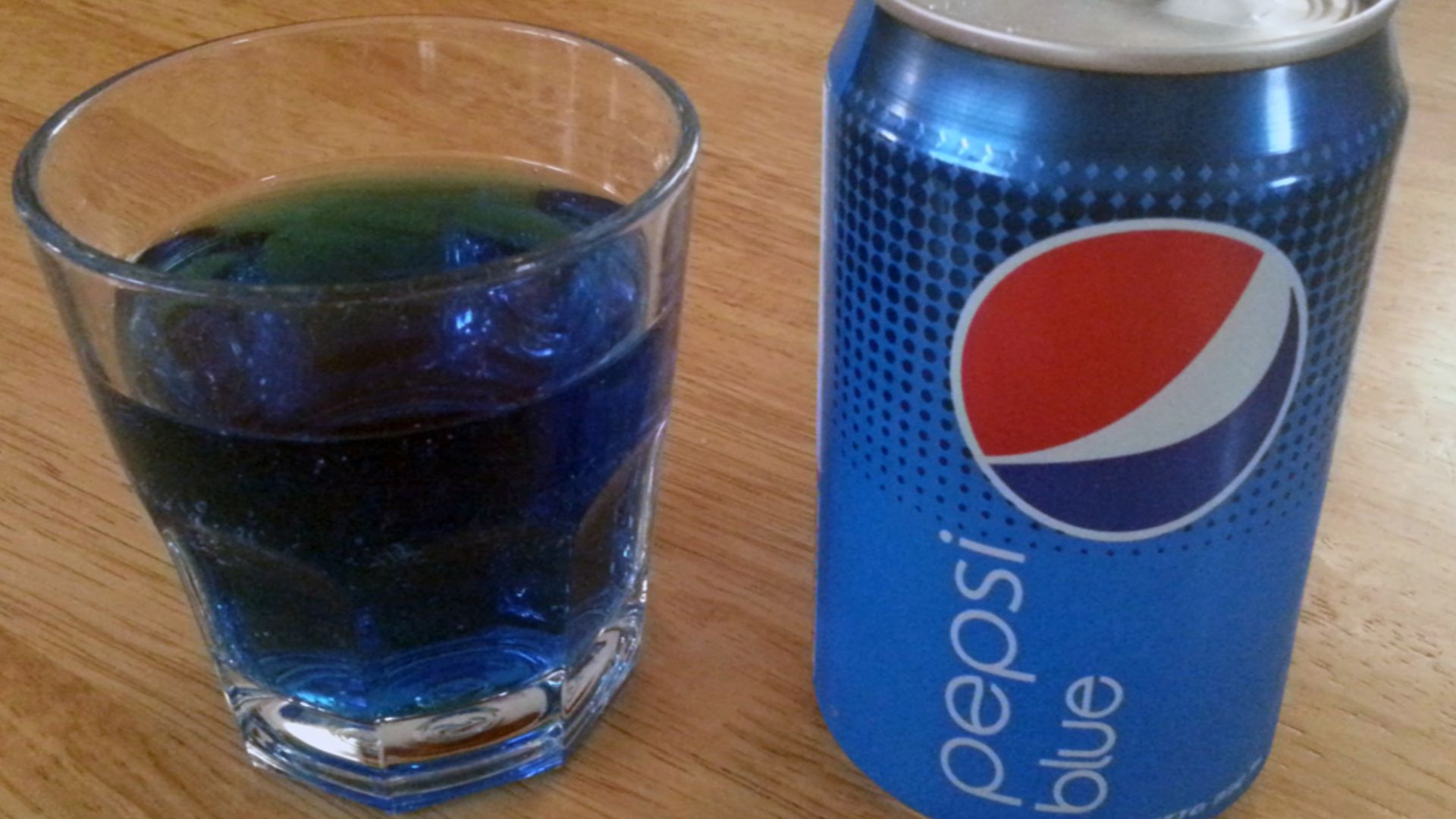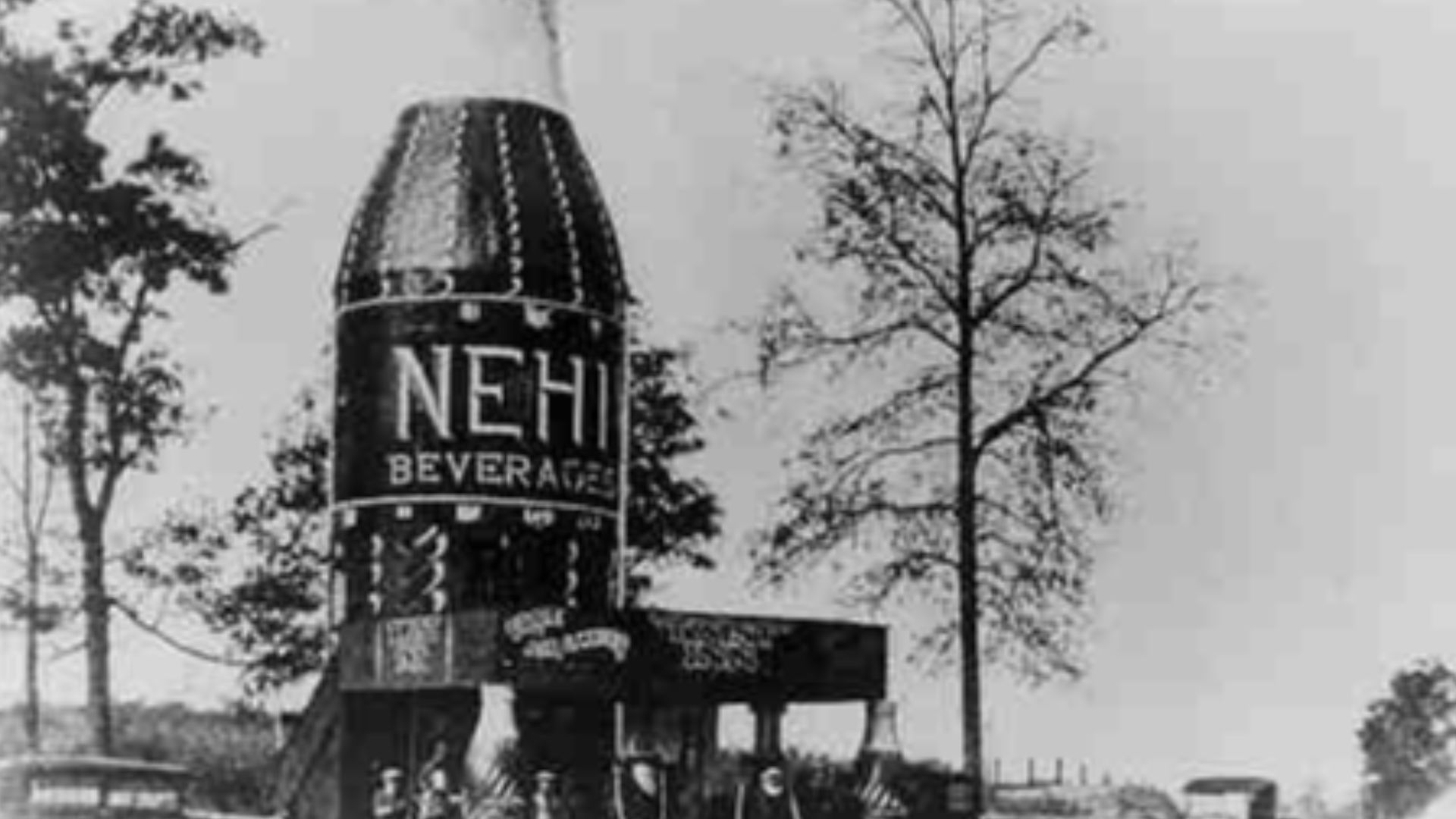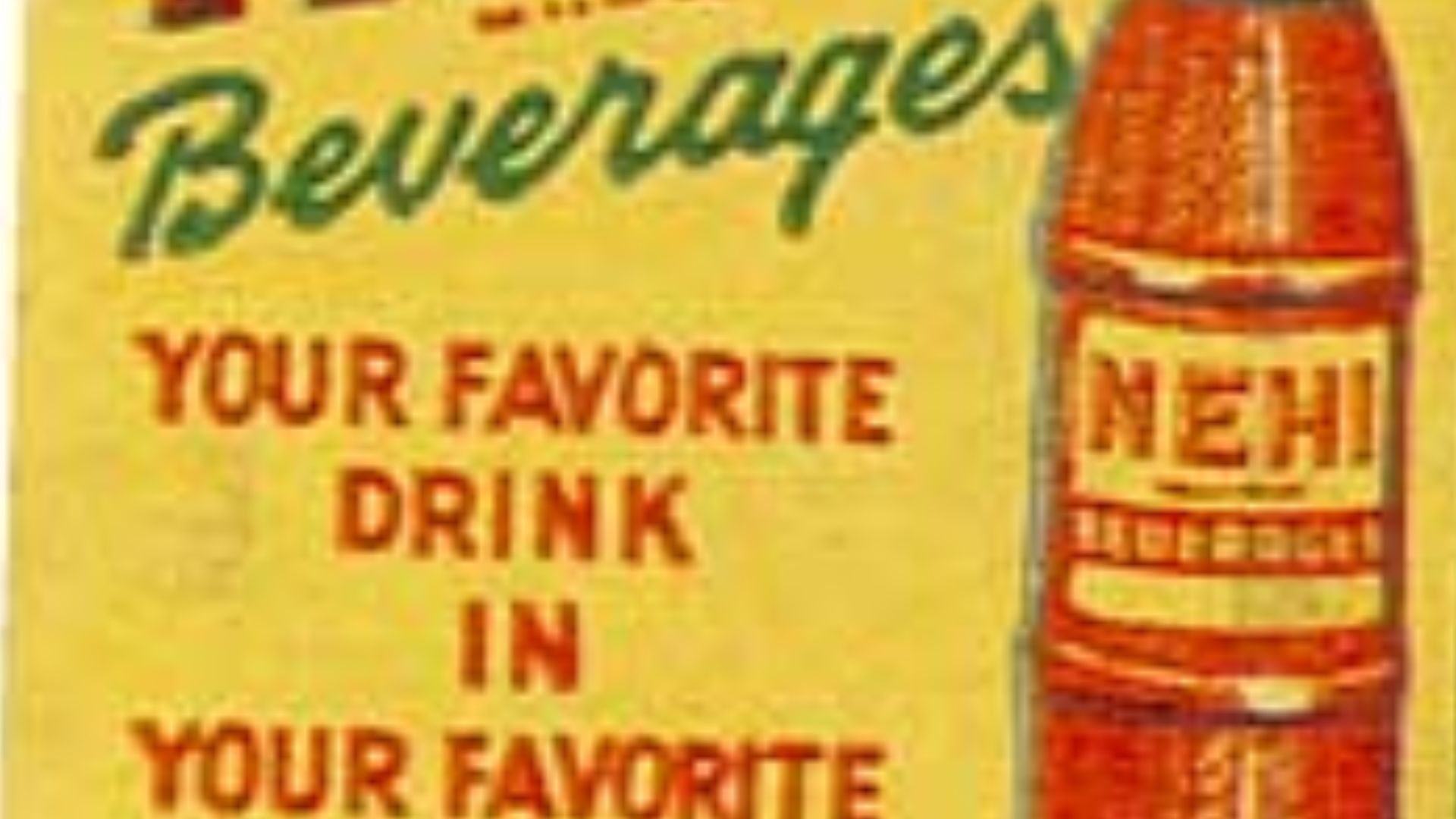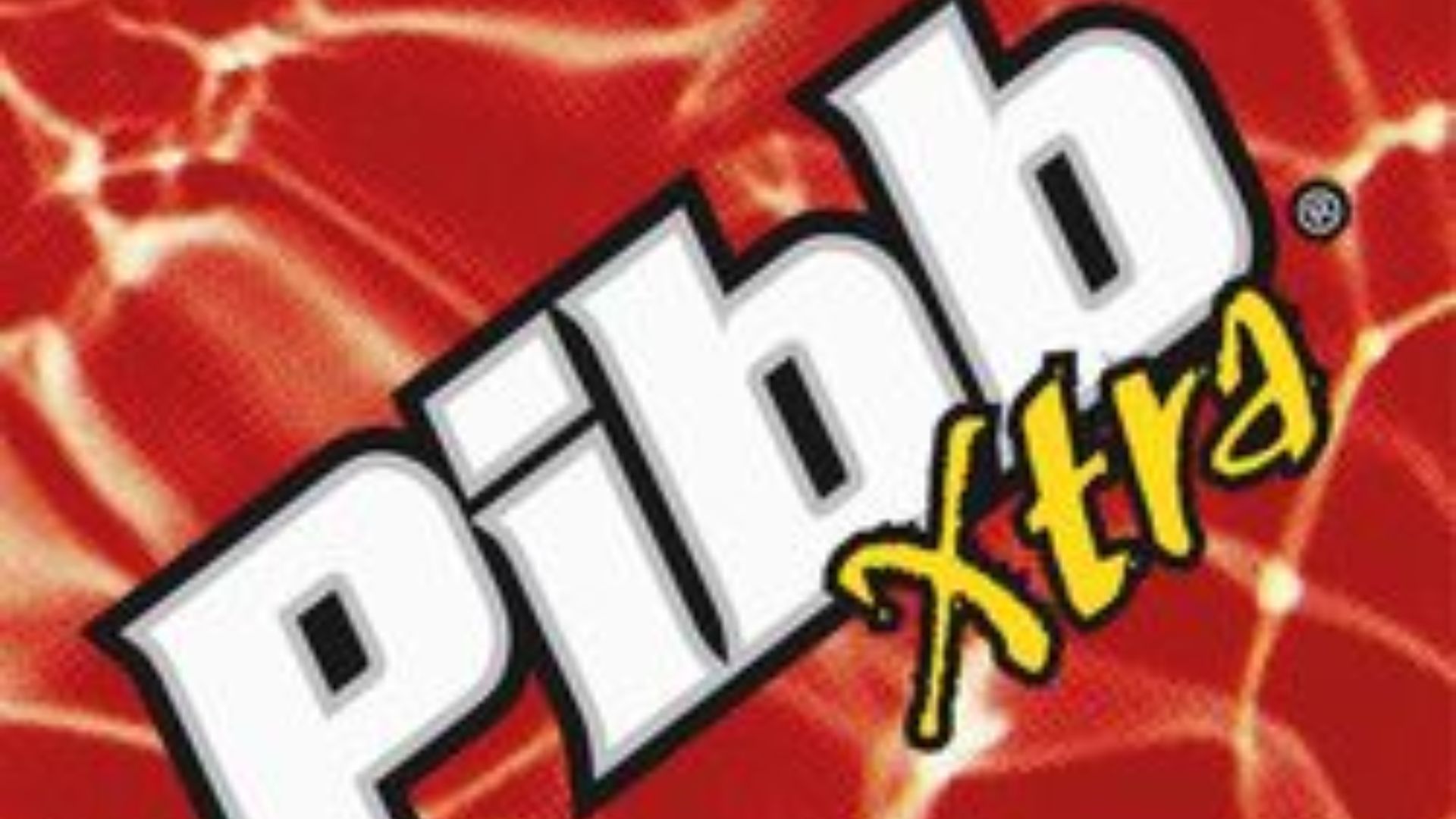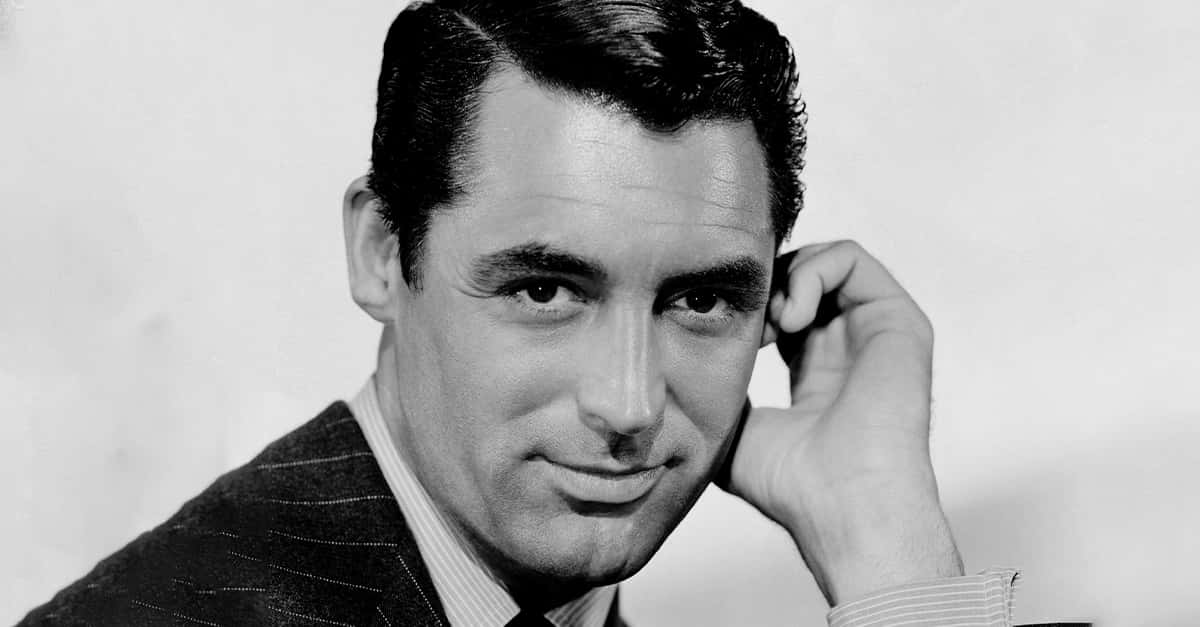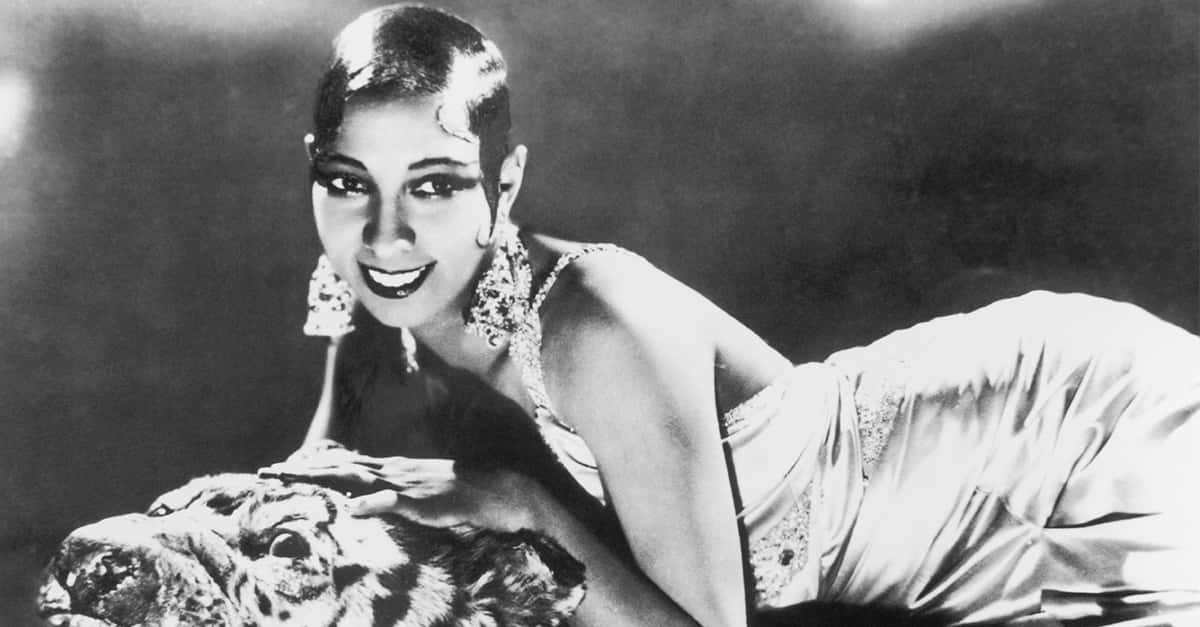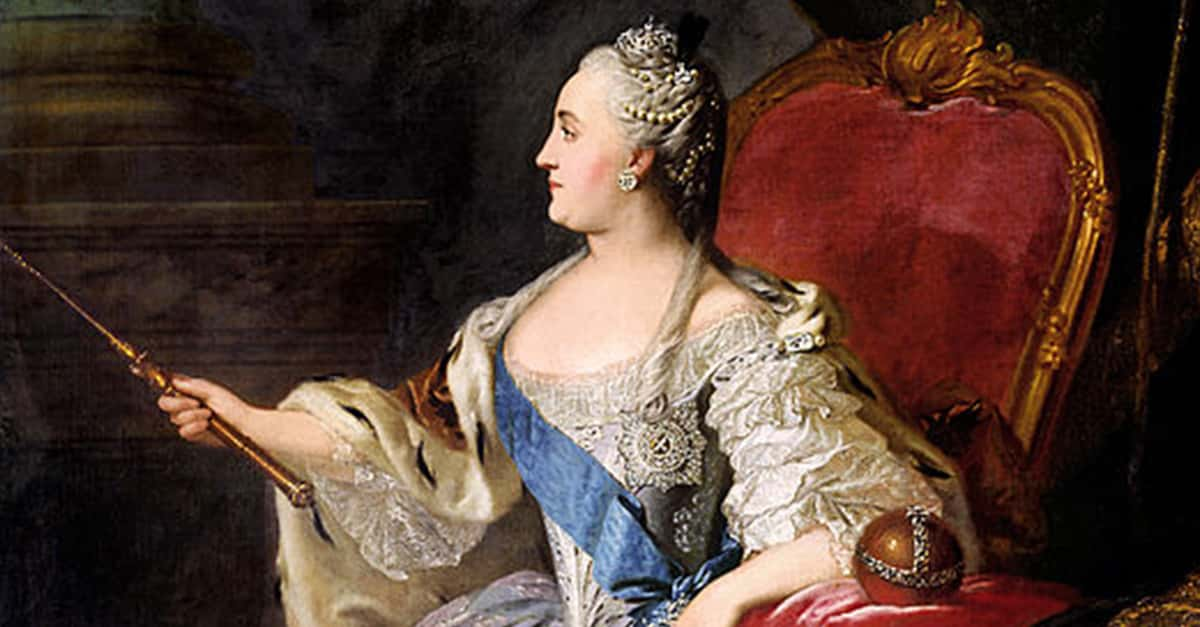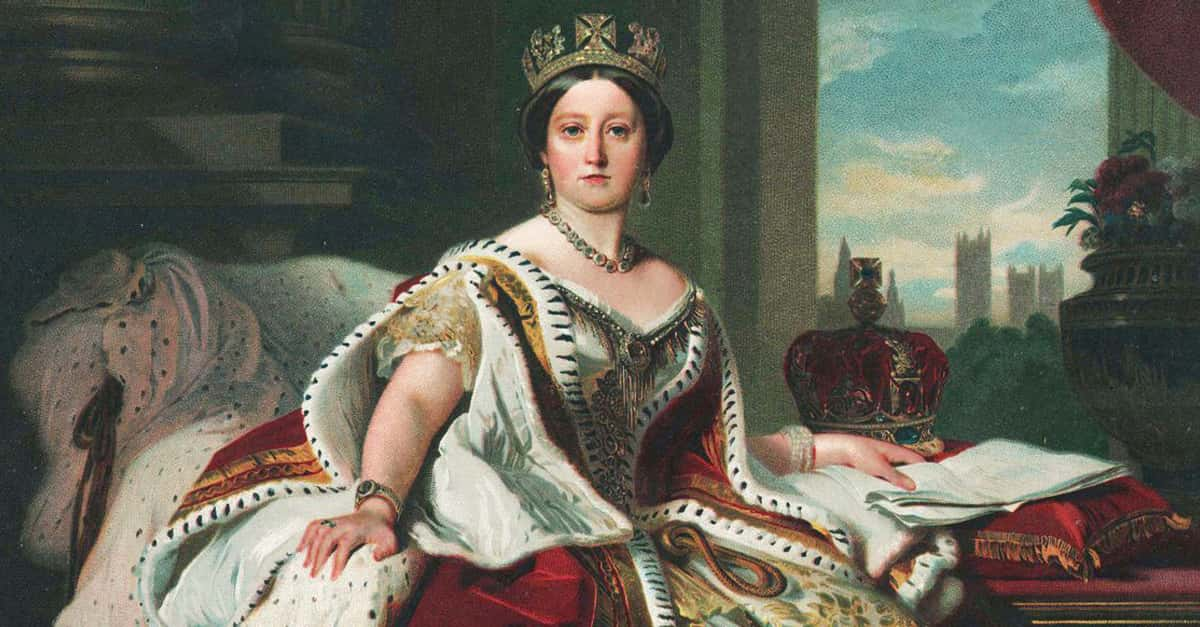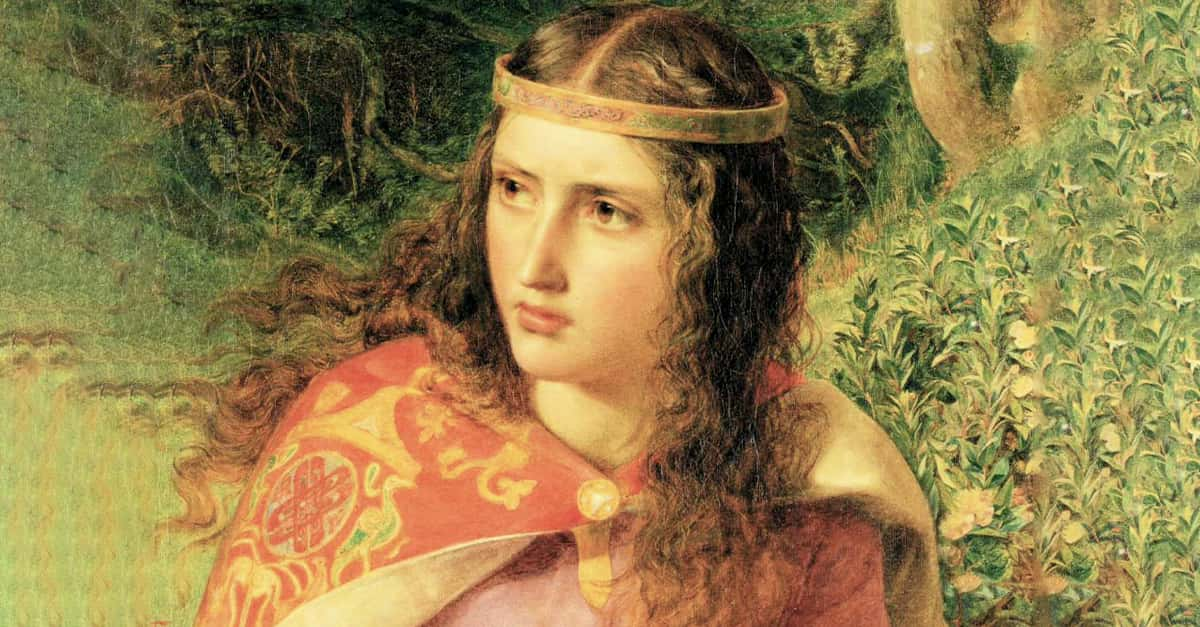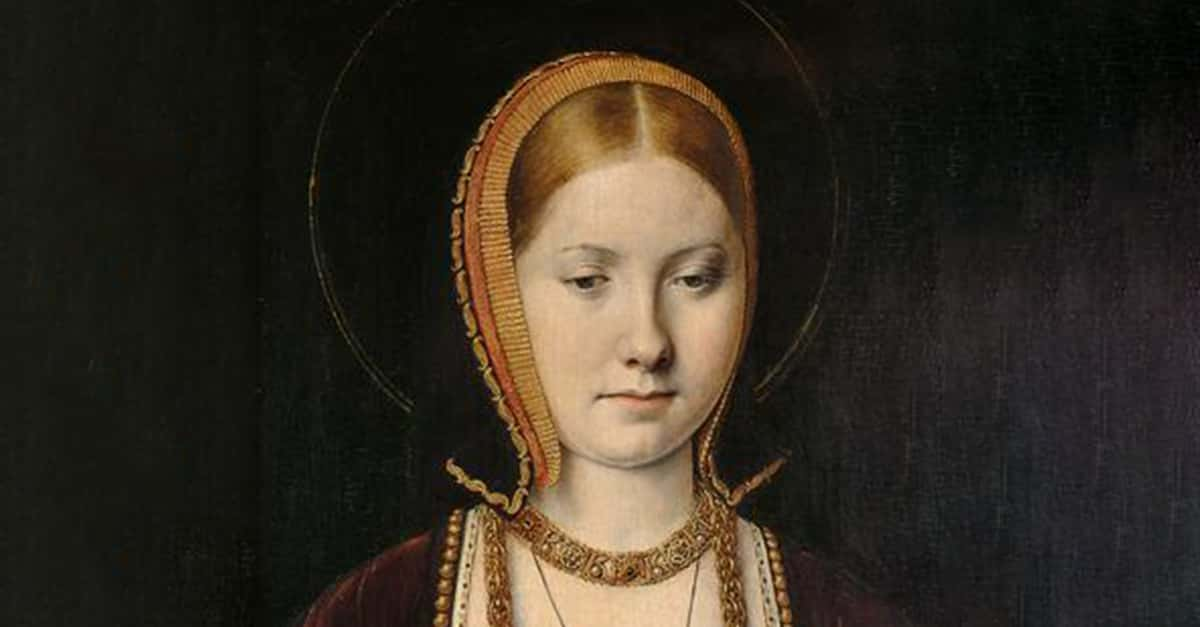Old-School Feels
Remember going to the convenience store and grabbing some random soda to quench your thirst? Many of those classics have disappeared completely nowadays. As popular drinks of the past, their stories are truly noteworthy.
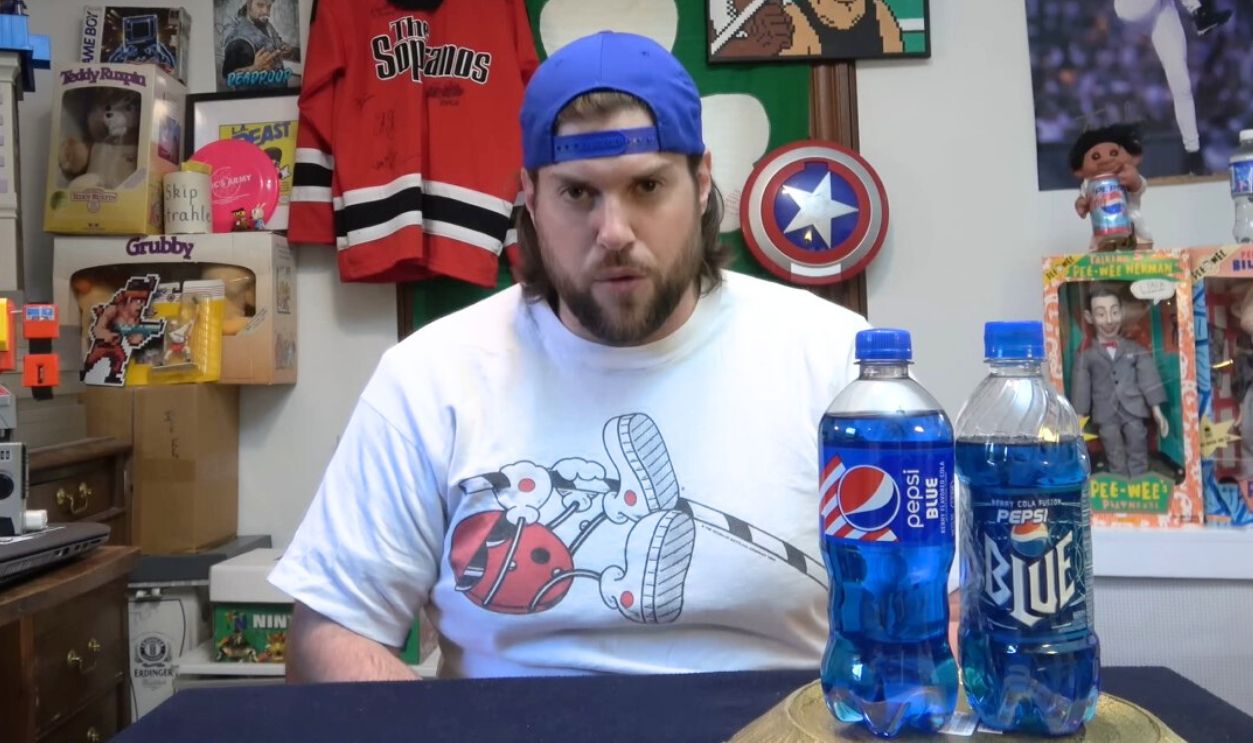
Tab
The pioneering artificial sweetener saccharin gave Tab its metallic bite that health-conscious consumers learned to love. As Coca-Cola's first diet soda, it was launched in 1963 in eye-catching pink cans. Tab helped weight-watching women instantly spot this low-calorie choice on crowded store shelves.
Tab (Cont.)
Despite once reigning as the market's top diet soda, the drink’s fate was sealed when Diet Coke arrived in 1982. The newer product quickly overshadowed its predecessor, pushing Tab to the sidelines. Coca-Cola finally discontinued the brand in 2020 during a portfolio reshaping initiative.
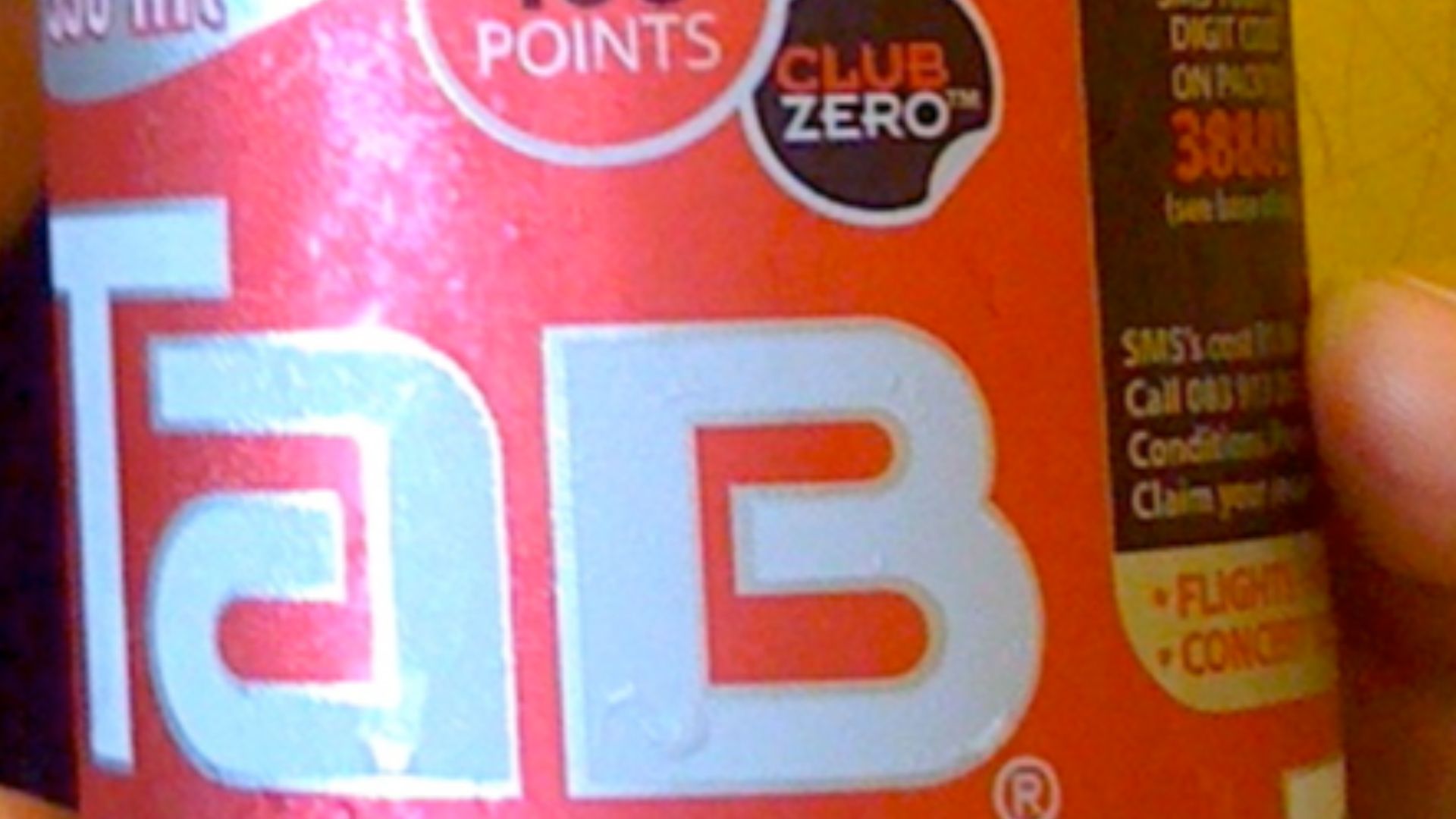 Fiona Henderson from Earlville, Australia, Wikimedia Commons
Fiona Henderson from Earlville, Australia, Wikimedia Commons
Aspen
Did you know Pepsi's first major departure from traditional cola wasn't Mountain Dew? Yes, it was a crisp apple-flavored soda named Aspen. The bright green packaging promised something revolutionary when it debuted in the mid-1970s, representing Pepsi's bold experiment with fruit-forward flavor profiles.
 Aspen Apple-Flavored Soft Drink Commercial 2 ~ 1980 by MMacG1167
Aspen Apple-Flavored Soft Drink Commercial 2 ~ 1980 by MMacG1167
Aspen (Cont.)
Unfortunately, Aspen struggled to gain a foothold in the competitive beverage market. Brands like 7-Up and new entrants like Mello Yello and Mr. Pibb started taking over. By 1982, after just four years on the market, Aspen Soda was forced to leave due to poor sales performance.
 Aspen Apple-Flavored Soft Drink Commercial 2 ~ 1980 by MMacG1167
Aspen Apple-Flavored Soft Drink Commercial 2 ~ 1980 by MMacG1167
7Up Gold
"Never had it, never will" was the confusing tagline that undermined 7Up Gold's launch in 1988. It created one of the industry's most memorable marketing contradictions. The dark-colored, cinnamon-spiced beverage contained caffeine even though 7Up's longstanding caffeine-free identity further confused the brand's loyal customer base.
 7up Gold commercial (1988) by Funky Kong
7up Gold commercial (1988) by Funky Kong
7Up Gold (Cont.)
One year after its debut, 7Up Gold captured only 0.1% of the soda market before being discontinued in 1989. Apparently, the bold ginger and cinnamon flavor profile resembled ginger ale more than 7Up's signature lemon-lime taste, straying too far from the brand's established identity.
 7up Gold commercial (1988) by Funky Kong
7up Gold commercial (1988) by Funky Kong
New Coke
April 1985 saw the start of Coca-Cola's most infamous product misstep. The company reformulated its flagship beverage after losing market share to Pepsi. The sweeter New Coke formula emerged from taste tests indicating individuals preferred Pepsi's flavor profile, yet the market reaction proved different from laboratory findings.
 Is New Coke the Most Hated Drink in History? by Inside Edition
Is New Coke the Most Hated Drink in History? by Inside Edition
New Coke (Cont.)
Loyal Coke drinkers organized protests, hoarded original formula supplies, and flooded the company with complaints. After about 79 days, Coca-Cola reintroduced the original formula as "Coca-Cola Classic," which immediately outsold New Coke. The failed experiment, later renamed Coke II, lingered until 2002.
 New Coke Coca-Cola Commercial - 1985 by RetroZest
New Coke Coca-Cola Commercial - 1985 by RetroZest
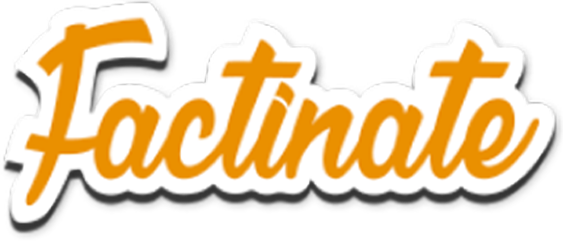
History's most fascinating stories and darkest secrets, delivered to your inbox daily.
Slice
Pepsi worked its magic on the soda industry in 1984 by introducing Slice, the first mainstream carbonated beverage containing 10% real fruit juice. This health-conscious marketing approach gave Pepsi a competitive edge when other competitors relied exclusively on artificial flavors.
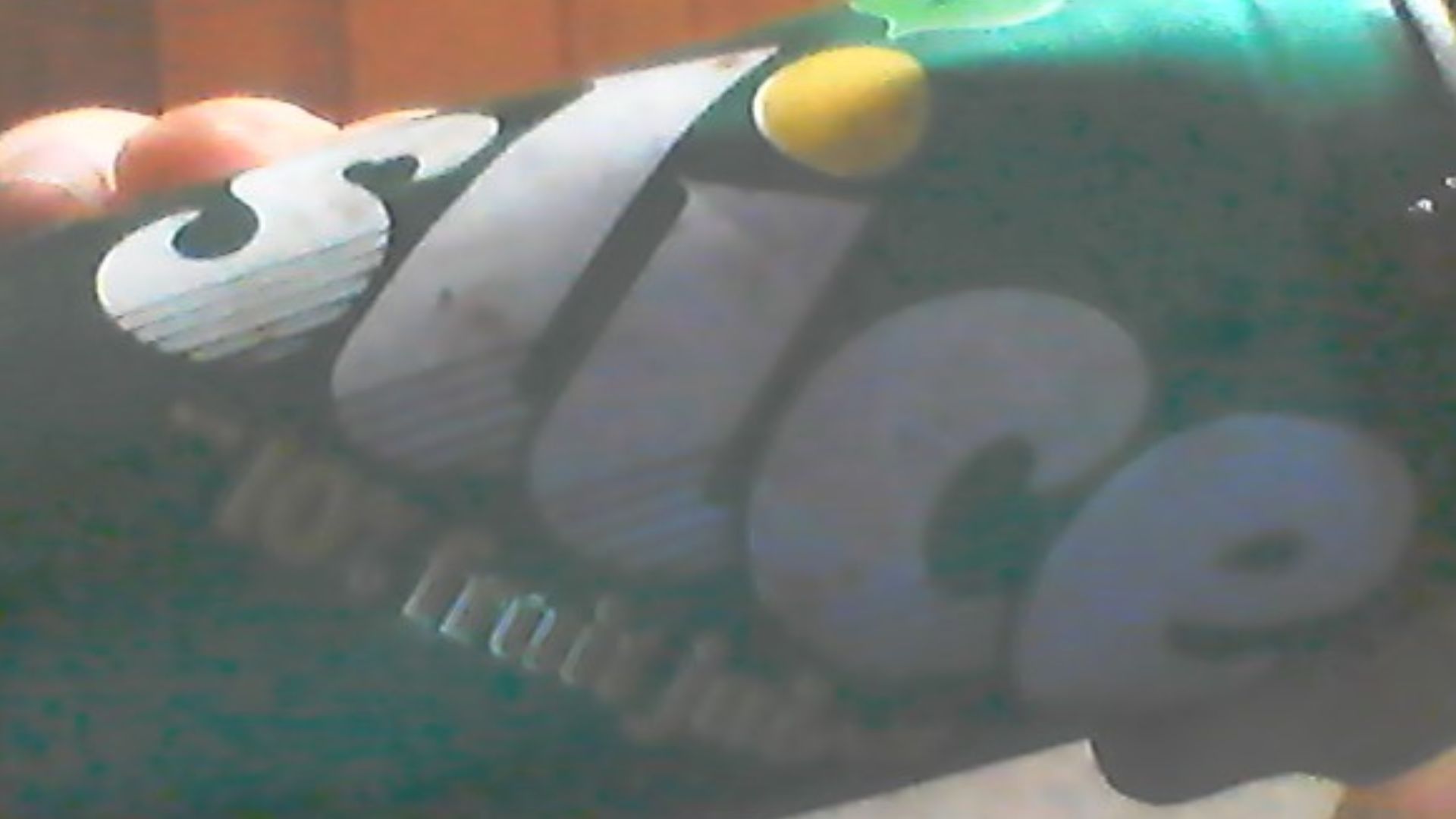 Mymomisnotreal, Wikimedia Commons
Mymomisnotreal, Wikimedia Commons
Slice (Cont.)
The idea was great, but Slice couldn't maintain its market position. Pepsi soon replaced it with Sierra Mist around 2000, ending Slice's retail presence. Ironically, while the brand didn't survive, its pioneering real fruit juice concept paved the way for today's entire "better-for-you" beverage category.
 1984 Premiere Commercial for Slice Soda by Amatrixa
1984 Premiere Commercial for Slice Soda by Amatrixa
Quirst
Multiple flavor varieties became Quirst's market strategy weakness rather than strength after 7Up made this diversification attempt in the late 1980s. The brand served consumers numerous fruit flavors, including diet options. However, this diluted the brand identity at a time when focused marketing was essential.
 Quirst ad - 1978 by NY Retro Vault
Quirst ad - 1978 by NY Retro Vault
Quirst (Cont.)
What’s worth noting is that SquirtCo filed a lawsuit against Seven-Up shortly after Quirst's release, claiming that the name was too similar to Squirt and could confuse consumers. Following the court's decision and huge legal expenses (millions invested in marketing), Seven-Up discontinued Quirst.
 Quirst ad - 1978 by NY Retro Vault
Quirst ad - 1978 by NY Retro Vault
Jolt Cola
"All the sugar and twice the caffeine" became the selling proposition that made Jolt Cola the fuel for all-nighters and cramming sessions. It officially debuted in 1985. This functional beverage rejected the industry trend toward diet formulations, holding on to its role as an energy delivery system.
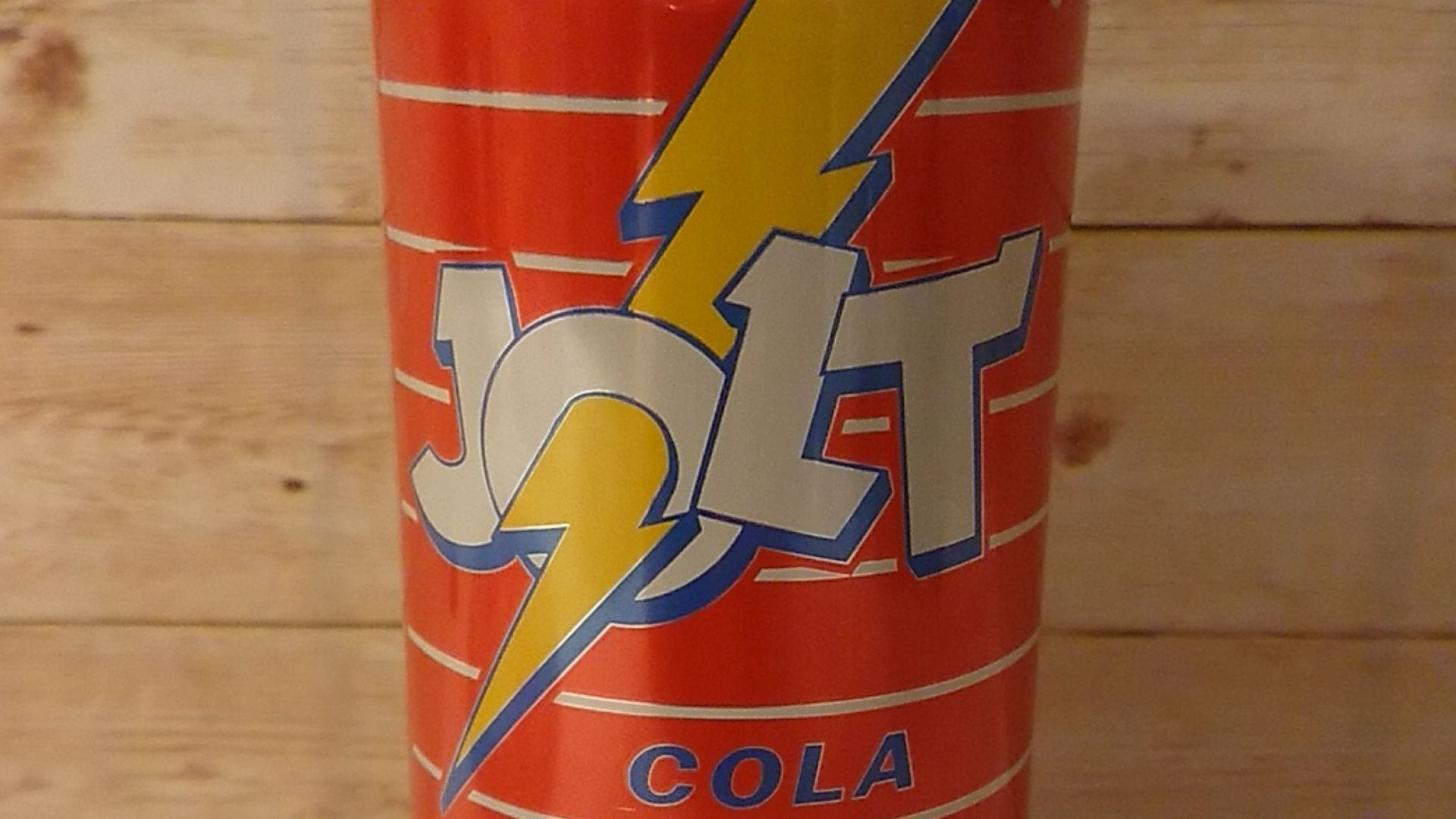 Kimmy Lindell Ekström, Wikimedia Commons
Kimmy Lindell Ekström, Wikimedia Commons
Jolt Cola (Cont.)
College students and night shift workers reportedly enjoyed Jolt's straightforward caffeine-delivery proposition. The original formula became Jolt Energy before the company declared bankruptcy in 2009. Note that it essentially crafted the functional beverage category decades before energy drinks like Red Bull and Monster dominated it.
Crystal Pepsi
Crystal Pepsi was introduced by PepsiCo in 1992 during the "clear craze" of the late 20th century. It was marketed as a healthier and caffeine-free alternative to traditional colas, with the slogan, “You've never seen a taste like this”.
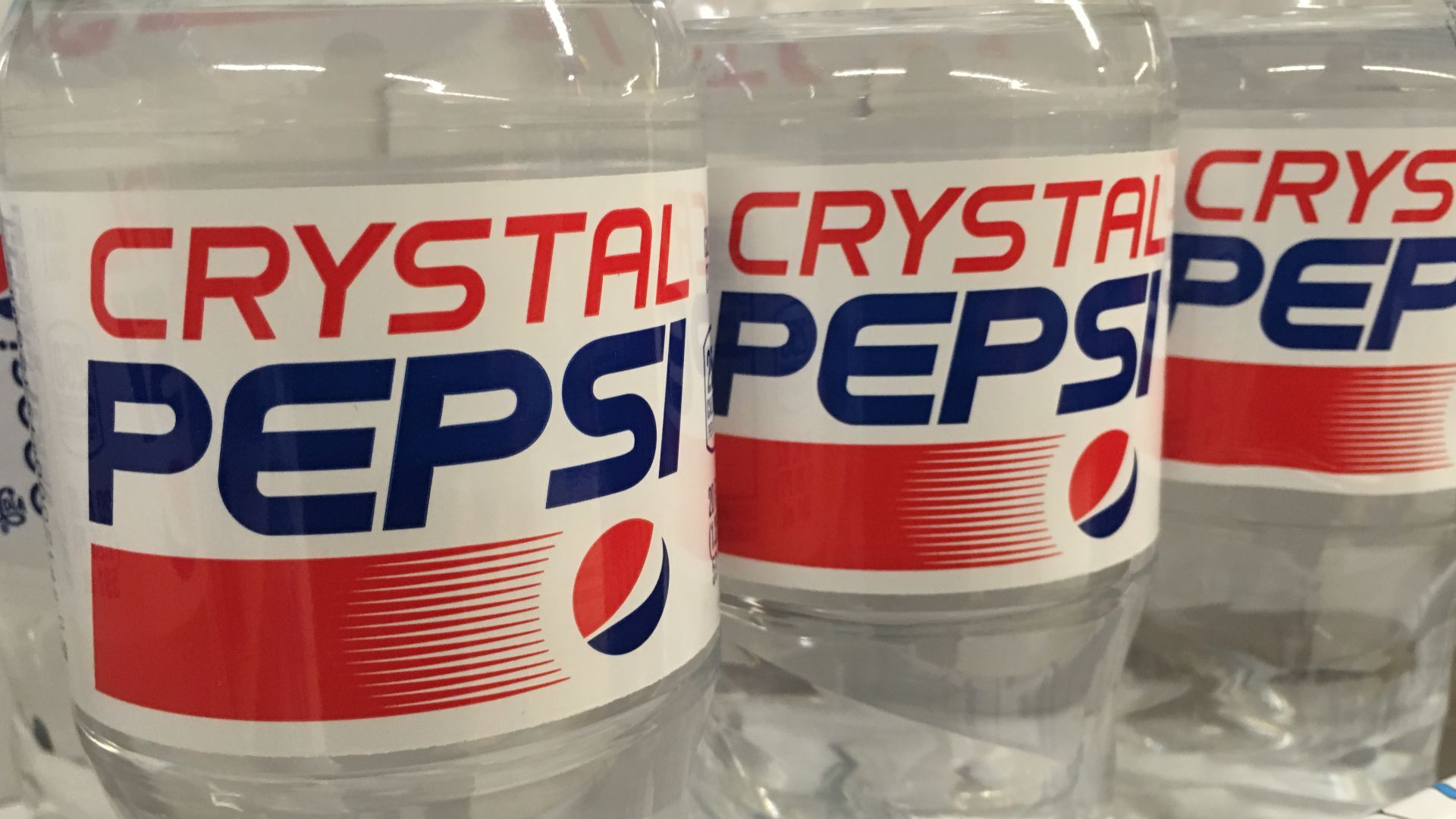 Mike Mozart from Funny YouTube, USA, Wikimedia Commons
Mike Mozart from Funny YouTube, USA, Wikimedia Commons
Crystal Pepsi (Cont.)
After some time, the taste was criticized for being less satisfying compared to regular Pepsi. Coca-Cola then launched Tab Clear as a deliberate "kamikaze" product to confuse consumers and undermine Crystal Pepsi's market. By late 1993, sales declined sharply, leading to its termination in early 1994.
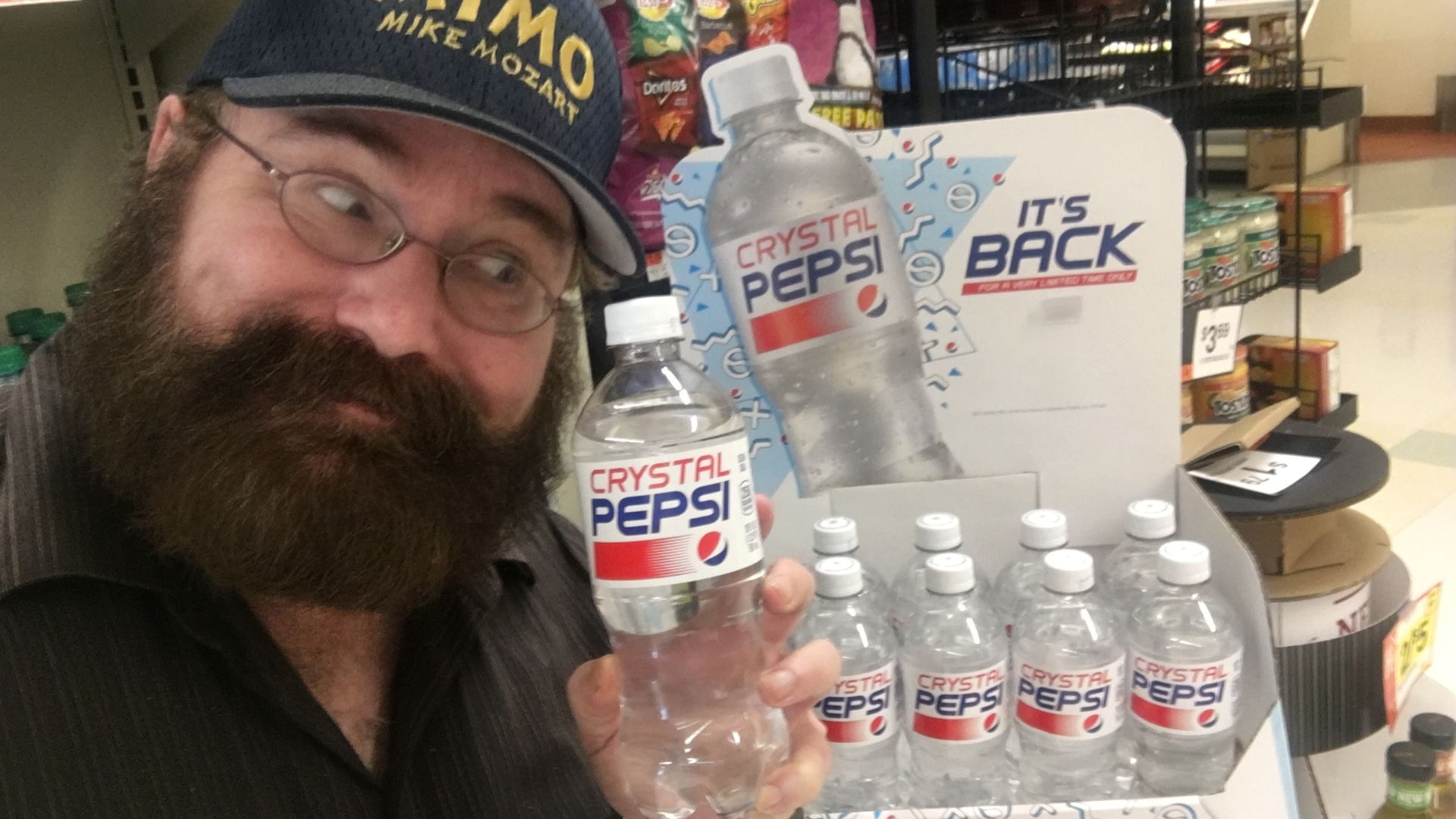 Mike Mozart from Funny YouTube, USA, Wikimedia Commons
Mike Mozart from Funny YouTube, USA, Wikimedia Commons
Surge
Following its discontinuation in 2003, Surge achieved what few defunct sodas manage—a legitimate comeback driven by consumer demand. Devoted fans organized one of the first successful social media revival campaigns, leading to limited reintroductions beginning in 2014.
 Surge Soda is Still Alive! | Urge Soda Unboxing by Industrial Industries World Radio
Surge Soda is Still Alive! | Urge Soda Unboxing by Industrial Industries World Radio
Surge (Cont.)
In 1996, Surge was initially introduced in Norway under the name “Urge”. It was made for teens and young adults and contained caffeine, sugars, and citrus oils. Within months, Urge's popularity grew to the point where it accounted for 10% of Norway's soft drink market.
 Surge by AllForTaste Reviews (Darin Malloy)
Surge by AllForTaste Reviews (Darin Malloy)
Orbitz
Suspended gelatin balls floating in a fruit-flavored liquid made Orbitz a visually distinct beverage on 1990s store shelves. The drink resembled a lava lamp and contained gel-like orbs made from gellan gum, which floated in the liquid, giving people a novel drinking experience.
Orbitz (Cont.)
Clearly Canadian launched it in 1997. Over time, many consumers found the taste unappealing, often comparing it to cough syrup or other medicinal flavors. The combination of chewable orbs in a drink was also off-putting to many, as this concept was not widely accepted then.
OK Soda
Nihilism and Generation X disillusionment became the unlikely marketing foundation for Coca-Cola's strangest experiment when OK Soda came out in 1993. Market research revealed that "OK" was the second most recognized word globally after "Coke”. This led executives to form a brand that targeted cynical young adults.
OK Soda (Cont.)
The ambitious campaign couldn't keep pace, even though folks thought OK Soda would grab 4% of the drink market. The actual performance reached barely half that goal across all test markets. After just nine months, Coca-Cola said goodbye to the product with its ironic marketing.
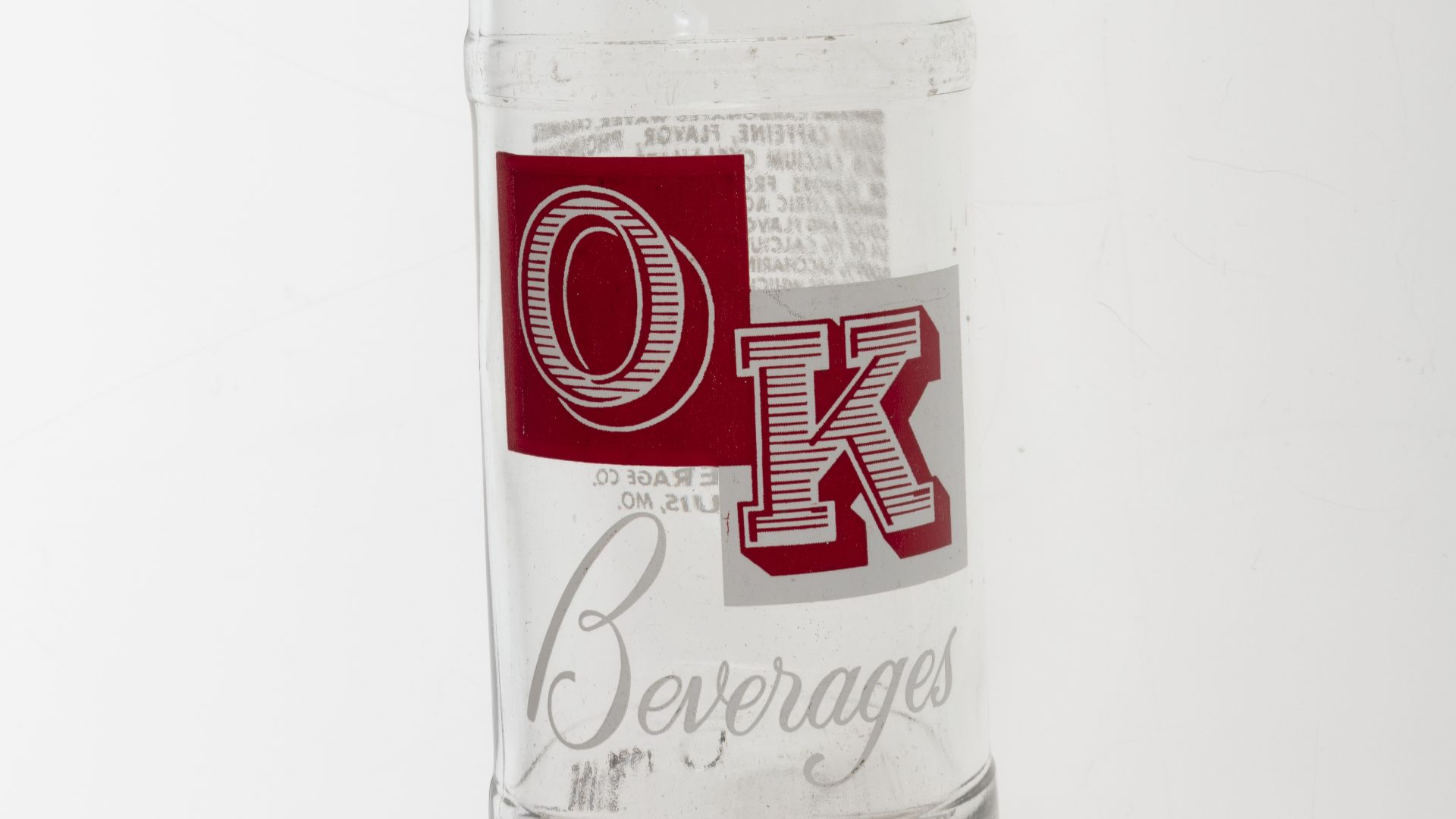 O.K. Beverage Company, Wikimedia Commons
O.K. Beverage Company, Wikimedia Commons
Pepsi Blue
Berry-flavored and unnaturally electric blue, Pepsi Blue emerged in 2002. Britney Spears' big promotional push and all the ads at New York Mets games got people talking about this colorful drink that looked like it belonged in a science lab rather than in your fridge.
Pepsi Blue (Cont.)
Pepsi terminated the drink from US markets by 2004, though it occasionally reappears internationally for limited nostalgia releases. The product's failure demonstrated an important marketing lesson—color gimmicks cannot substitute for distinctive flavor identity, especially when the visual appears suspiciously unnatural.
Nehi
Let’s talk about Nehi's packaging that helped this fruit-flavored lineup survive the Great Depression. Out for the public in the 1920s, the brand's grape, orange, and peach options claimed to be "naturally better”. This resulted in establishing strong regional loyalties, especially throughout the American South.
Nehi (Cont.)
In 1934, Nehi introduced RC Cola, which became a top seller. The brand prospered through World War II before Royal Crown took over in the 1950s, gradually reducing marketing support. Lastly, in 2008, Nehi became part of the Dr Pepper Snapple Group.
Choc-Ola
We all remember “the greatest chocolate drink in the world”. It wasn't marketing hyperbole but consumer consensus when Choc-ola ruled the chocolate soda category throughout the 1950s. The drink was sweet and chocolaty, with a fizzy texture that set it apart from non-carbonated picks.
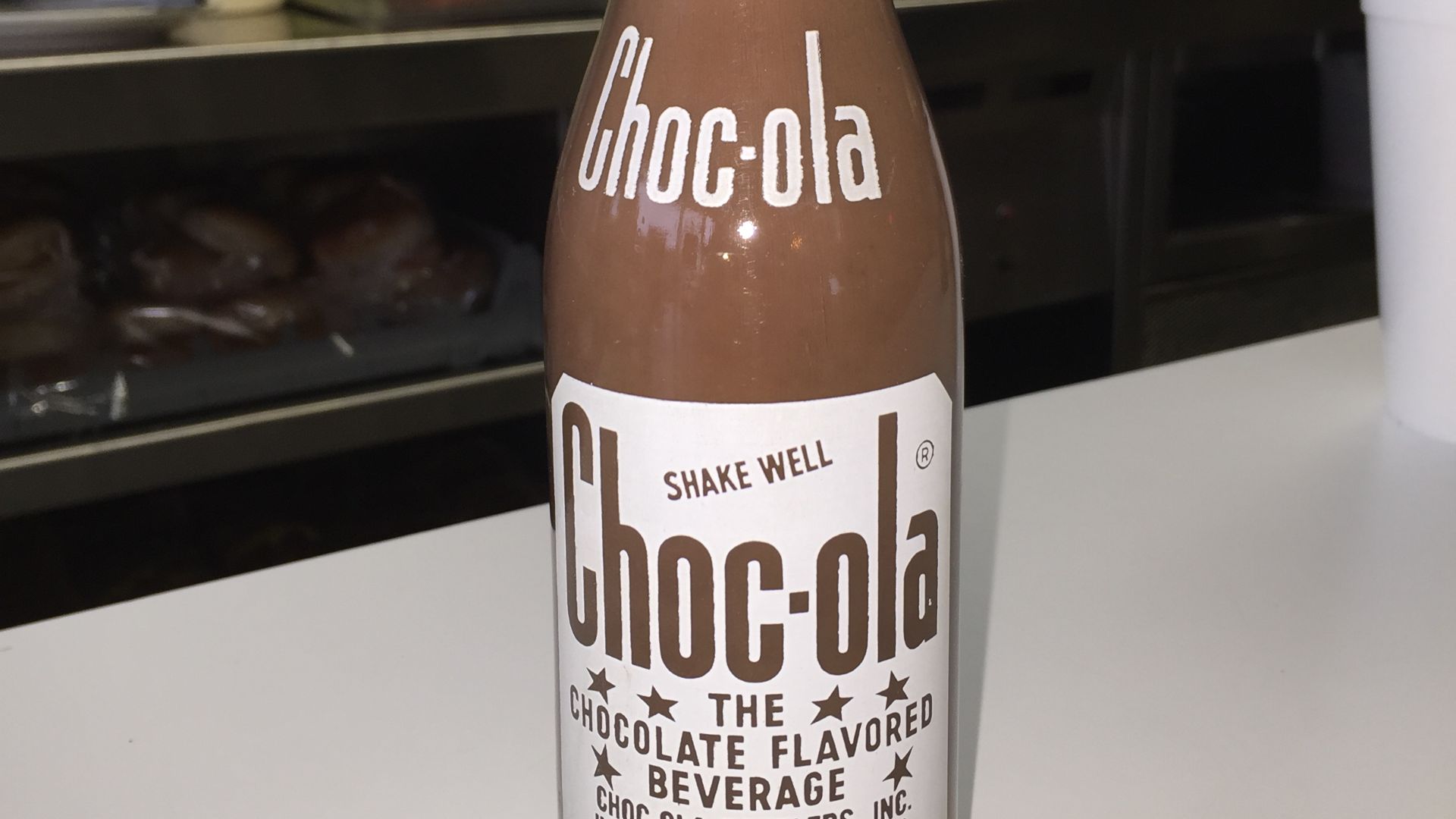 Dante51763 at Wikipedia, Wikimedia Commons
Dante51763 at Wikipedia, Wikimedia Commons
Choc-Ola (Cont.)
As something different, it attracted curiosity but failed to achieve widespread appeal among those who preferred the usual soda flavors like cola, citrus, or fruit. Also, changing taste preferences toward fruit and cola flavors during the 1970s led to Choc-ola's market disappearance.
 Around INdiana: Choc-Ola by Inside Indiana Business
Around INdiana: Choc-Ola by Inside Indiana Business
Bubble Up
Originally developed by Sweet Valley Products Co. in Sandusky, Ohio, Bubble Up was first marketed as a grape juice. After some years, LeRoy O. Schneeburger decided to change it to its now-famous lemon-lime flavor in 1937. The name "Bubble-Up" was trademarked in 1919.
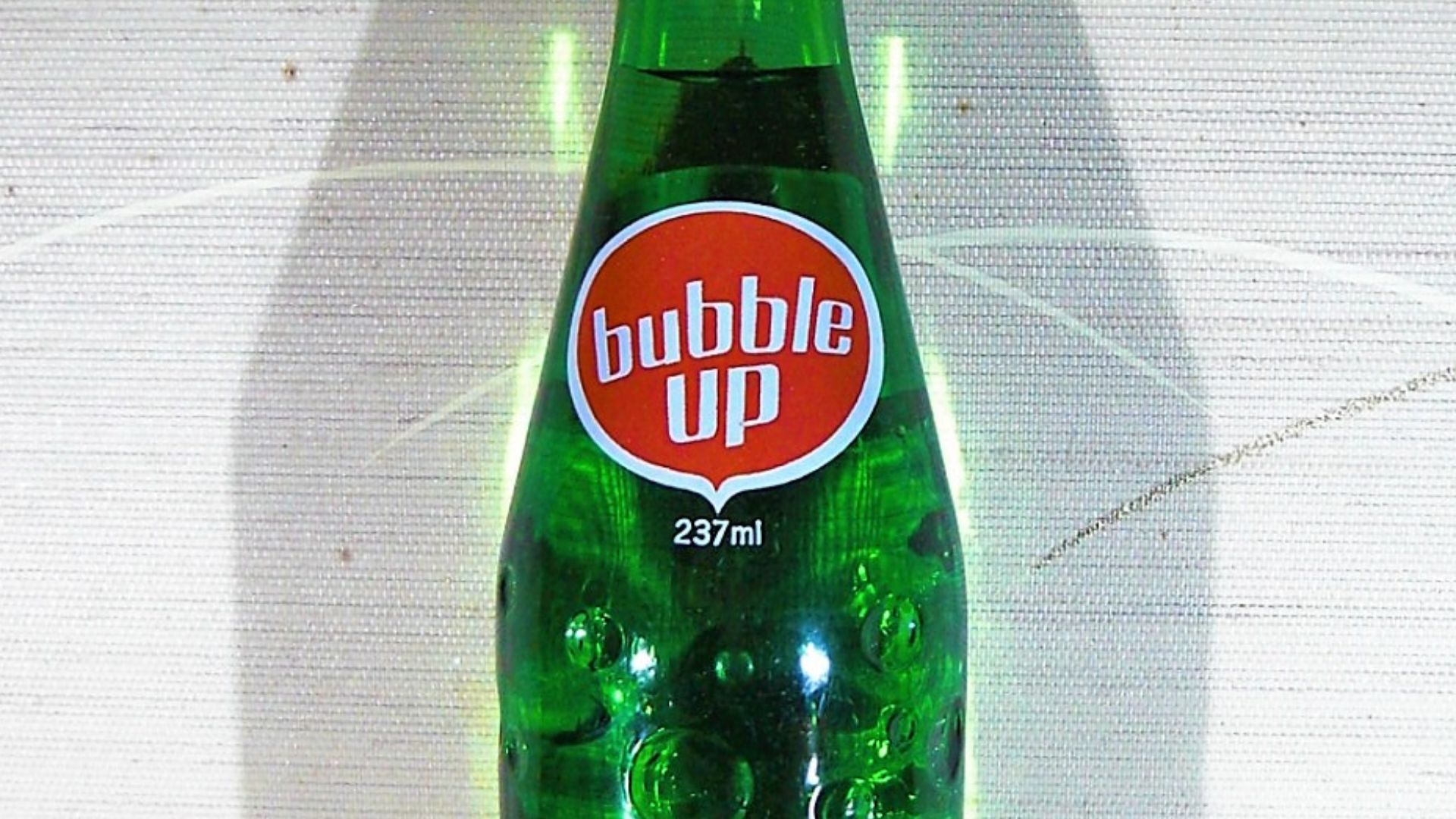 Takeshi Kurihara, Wikimedia Commons
Takeshi Kurihara, Wikimedia Commons
Bubble Up (Cont.)
Before Sprite joined the market, Bubble Up, which gained popularity with the slogan "A kiss of lemon, a kiss of lime," was extensively sold by Coca-Cola bottlers. Over the decades, the brand changed hands multiple times until Hedinger Brands LLC purchased Bubble Up in 2007.
 Bubble Up Mood Movie - A Kiss of Lemon, A Kiss of Lime by Bubble Up
Bubble Up Mood Movie - A Kiss of Lemon, A Kiss of Lime by Bubble Up
Rondo
Although it had some early success in places like Kansas City, Missouri, Rondo found it difficult to compete with bigger citrus soda brands. After around five years on the market, the beverage vanished from shops by the 1980s. Rondo claimed that its "fine essences" would quench your tiny thirst.
 Drink RONDO- The Quest by drinkRONDO
Drink RONDO- The Quest by drinkRONDO
Rondo (Cont.)
It was a citrus soda with a mild carbonation that appeared in select US markets. The famous tagline read, "Rondo—The Thirst Crusher”. Another slogan was "Lightly carbonated, so you can slam it down fast!" Apparently, Schweppes sells a similar soda under the name Solo in Australia.
 Drink RONDO- The Quest by drinkRONDO
Drink RONDO- The Quest by drinkRONDO
Mr. Pibb
Strategic product development drove Coca-Cola to invent Mr. Pibb in the 1970s specifically to compete with Dr Pepper's rising popularity. Unlike most discontinued sodas, Mr. Pibb evolved rather than disappeared entirely. The original formula gave way to Pibb Xtra, which remains selectively available.
Mr. Pibb (Cont.)
Interestingly, the drink was marketed as a "spicy cherry alternative to regular cola," distinguishing itself from Dr Pepper's vanilla-forward taste. Mr Pibb was launched as "Peppo" in 1972, but Dr Pepper sued Coca-Cola for trademark infringement, forcing a name change to "Mr Pibb" in 1974.
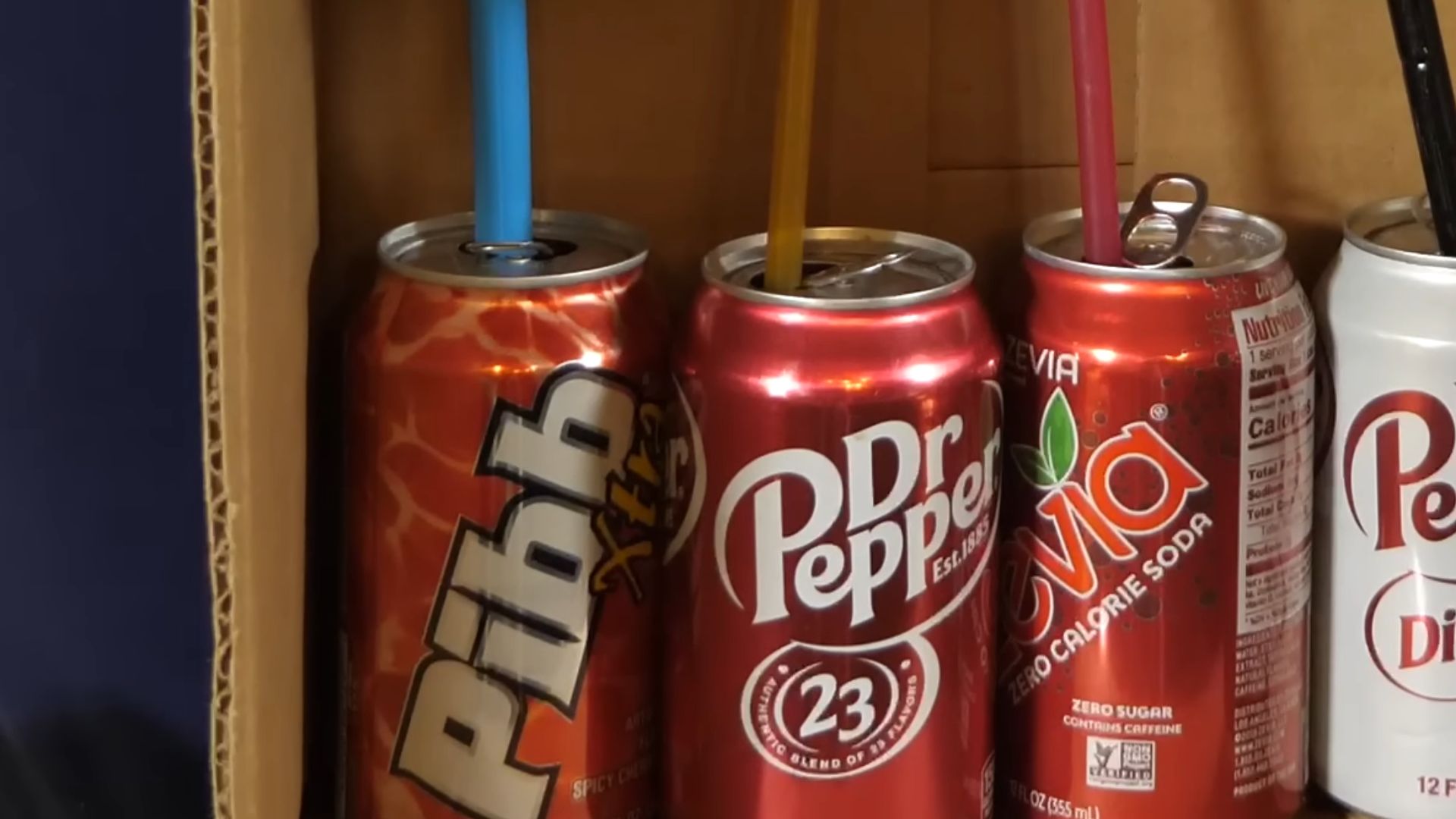 John Green (vlogbrothers), Wikimedia Commons
John Green (vlogbrothers), Wikimedia Commons
Jolly Rancher Soda
Jolly Rancher Soda was a line of fizzy drinks inspired by the Jolly Rancher candies, loved for their fruit flavors. The soda was introduced in the early 2000s through a licensing agreement with the Elizabeth Beverage Company. This permitted the brand to expand beyond its traditional candy offerings.
 Jolly Rancher Soda Strawberry Vs Blue Raspberry - Thirsty Thursdays by KBDProductionsTV
Jolly Rancher Soda Strawberry Vs Blue Raspberry - Thirsty Thursdays by KBDProductionsTV
Jolly Rancher Soda (Cont.)
Limited-edition flavors like Sour Apple and "Fire Stix" were also released, though they were short-lived. It soon faced declining sales and increased competition from other novelty brands. The Hershey Company, which took complete control of the soda in 2009, eventually discontinued it in June 2021.
 Jolly Rancher Soda Watermelon Vs Green Apple - Thirsty Thursdays by KBDProductionsTV
Jolly Rancher Soda Watermelon Vs Green Apple - Thirsty Thursdays by KBDProductionsTV
Josta
PepsiCo's groundbreaking formulation contained guarana, a natural stimulant from the Amazon rainforest, and featured an edgy panther mascot with the slogan “better do the good stuff now”. It was featured in popular media, including the 1998 movie Godzilla and the Disney+ series Loki.
 Do You Remember Josta Soda? A Soda History. by Eric C Productions
Do You Remember Josta Soda? A Soda History. by Eric C Productions
Josta (Cont.)
The guarana berry provided natural energy without the medicinal taste of later energy drinks. Unfortunately, Guarana, one of Josta's key ingredients, sparked rumors about potential health risks such as heart problems and high blood pressure. While these claims were not proven, they created controversy. The Beverage Rivalry Of JOSTA SODA - Because Guarana is Hard To Say - A MG Labs Showcase by MG Labs
The Beverage Rivalry Of JOSTA SODA - Because Guarana is Hard To Say - A MG Labs Showcase by MG Labs
Hubba Bubba Soda
Steve Roeder developed the Hubba Bubba Soda using snow cone syrup with a bubblegum flavor. After he teamed up with Larry Wilson, Wrigley granted him permission to use the fun name. It was produced and distributed through partnerships with companies like AJ Canfield Company.
 1988 - Hubba Bubba Soda - Diner Commercial by Consumer Time Capsule
1988 - Hubba Bubba Soda - Diner Commercial by Consumer Time Capsule
Hubba Bubba Soda (Cont.)
It lasted less than five years on the market and was likely discontinued around 1990 due to its niche appeal and limited market traction. To date, folks remember its cans, which were pink with yellow bubble letters, mirroring the branding of Hubba Bubba gum.
 1988 - Hubba Bubba Soda - Diner Commercial by Consumer Time Capsule
1988 - Hubba Bubba Soda - Diner Commercial by Consumer Time Capsule
Life Savers Soda
When the product first hit the stores, people did not like it, even though taste testing gave it high reviews. Many thought it was too sweet or flavorless, contrary to their expectations. Disappointing sales performance led to the termination of Life Savers Soda in 1982.
 Top 10 Discontinued Soda Drinks We All Miss (Part 3) by BabbleTop
Top 10 Discontinued Soda Drinks We All Miss (Part 3) by BabbleTop
Life Savers Soda (Cont.)
Life Savers Soda which was introduced in the early 1980s. Just like hard candies, it was available in five flavors: fruit punch, pineapple, orange, lime, and grape. The soda's tagline referenced the beloved Life Savers candy design, emphasizing “a whole lot of flavor”.
 Top 10 Discontinued Soda Drinks We All Miss (Part 3) by BabbleTop
Top 10 Discontinued Soda Drinks We All Miss (Part 3) by BabbleTop
Simba
Coca-Cola's competitive analysis of PepsiCo's Mountain Dew served as the inspiration for Simba's formula. It was one of three recipes developed to mimic Mountain Dew, often known as “Jericho”. The drink was test-marketed in cities like Seattle-Tacoma, Louisville, and New York in 1968.
 Coca Cola / Fanta / Simba / Santiba - Commercials by parkerbros
Coca Cola / Fanta / Simba / Santiba - Commercials by parkerbros
Simba (Cont.)
It was then introduced nationally in 1969. The "African Thirst" campaign, intended to appeal across racial lines, was criticized for reinforcing negative stereotypes about Africa and exacerbating racial tensions. This backlash likely contributed to its poor reception. By 1972, Simba was out.
 Coca Cola / Fanta / Simba / Santiba - Commercials by parkerbros
Coca Cola / Fanta / Simba / Santiba - Commercials by parkerbros
